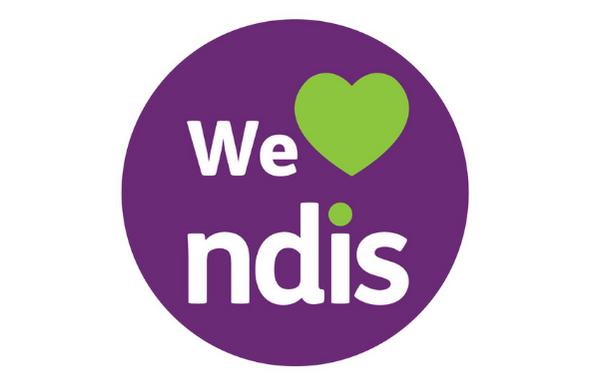The removal of airborne SARS-CoV-2 and other microbial bioaerosols by air filtration on COVID-19 surge units
Summary
Background The COVID-19 pandemic has overwhelmed the respiratory isolation capacity in hospitals; many wards lacking high-frequency air changes have been repurposed for managing patients infected with SARS-CoV-2 requiring either standard or intensive care. Hospital-acquired COVID-19 is a recognised problem amongst both patients and staff, with growing evidence for the relevance of airborne transmission. This study examined the effect of air filtration and ultra-violet (UV) light sterilisation on detectable airborne SARS-CoV-2 and other microbial bioaerosols.
Methods We conducted a crossover study of portable air filtration and sterilisation devices in a repurposed ‘surge’ COVID ward and ‘surge’ ICU. National Institute for Occupational Safety and Health (NIOSH) cyclonic aerosol samplers and PCR assays were used to detect the presence of airborne SARS-CoV-2 and other microbial bioaerosol with and without air/UV filtration.
Results Airborne SARS-CoV-2 was detected in the ward on all five days before activation of air/UV filtration, but on none of the five days when the air/UV filter was operational; SARS-CoV-2 was again detected on four out of five days when the filter was off. Airborne SARS-CoV-2 was infrequently detected in the ICU. Filtration significantly reduced the burden of other microbial bioaerosols in both the ward (48 pathogens detected before filtration, two after, p=0.05) and the ICU (45 pathogens detected before filtration, five after p=0.05).
Conclusions These data demonstrate the feasibility of removing SARS-CoV-2 from the air of repurposed ‘surge’ wards and suggest that air filtration devices may help reduce the risk of hospital-acquired SARS-CoV-2.
Funding Wellcome Trust, MRC, NIHR

-
MEDI 8 - Air Purifier
Vendor:MaxVacRegular price $1,480.00 AUDRegular priceUnit price / per$2,280.00 AUDSale price $1,480.00 AUDSale -

 Sale
SaleDUST BLOCKER 650
Vendor:MaxVacRegular price $2,480.00 AUDRegular priceUnit price / per$2,980.00 AUDSale price $2,480.00 AUDSale -
 Sale
SaleDUST BLOCKER PRO25
Vendor:MaxVacRegular price $6,880.00 AUDRegular priceUnit price / per$7,880.00 AUDSale price $6,880.00 AUDSale -

 Sale
SaleMEDI 25 - UV-C
Vendor:MaxVacRegular price $9,800.00 AUDRegular priceUnit price / per$12,880.00 AUDSale price $9,800.00 AUDSale









